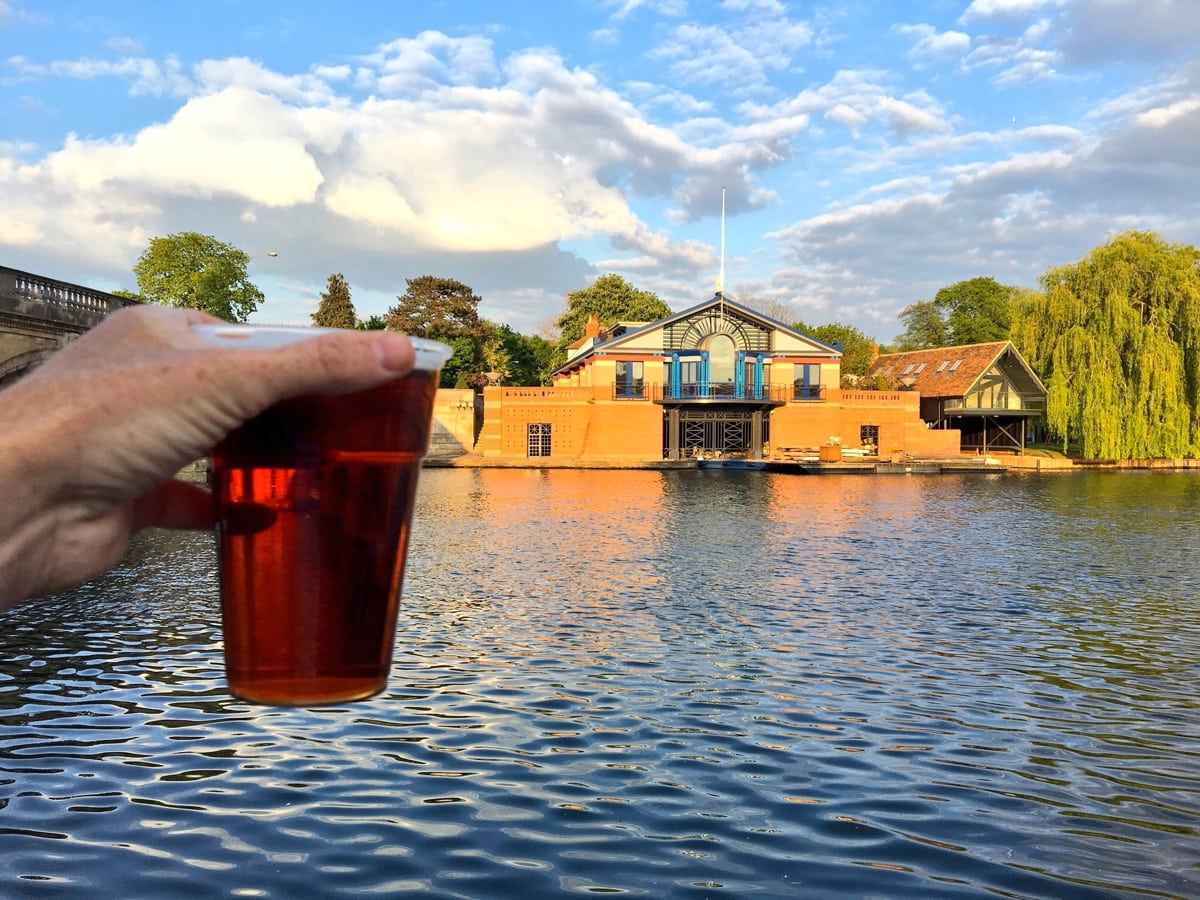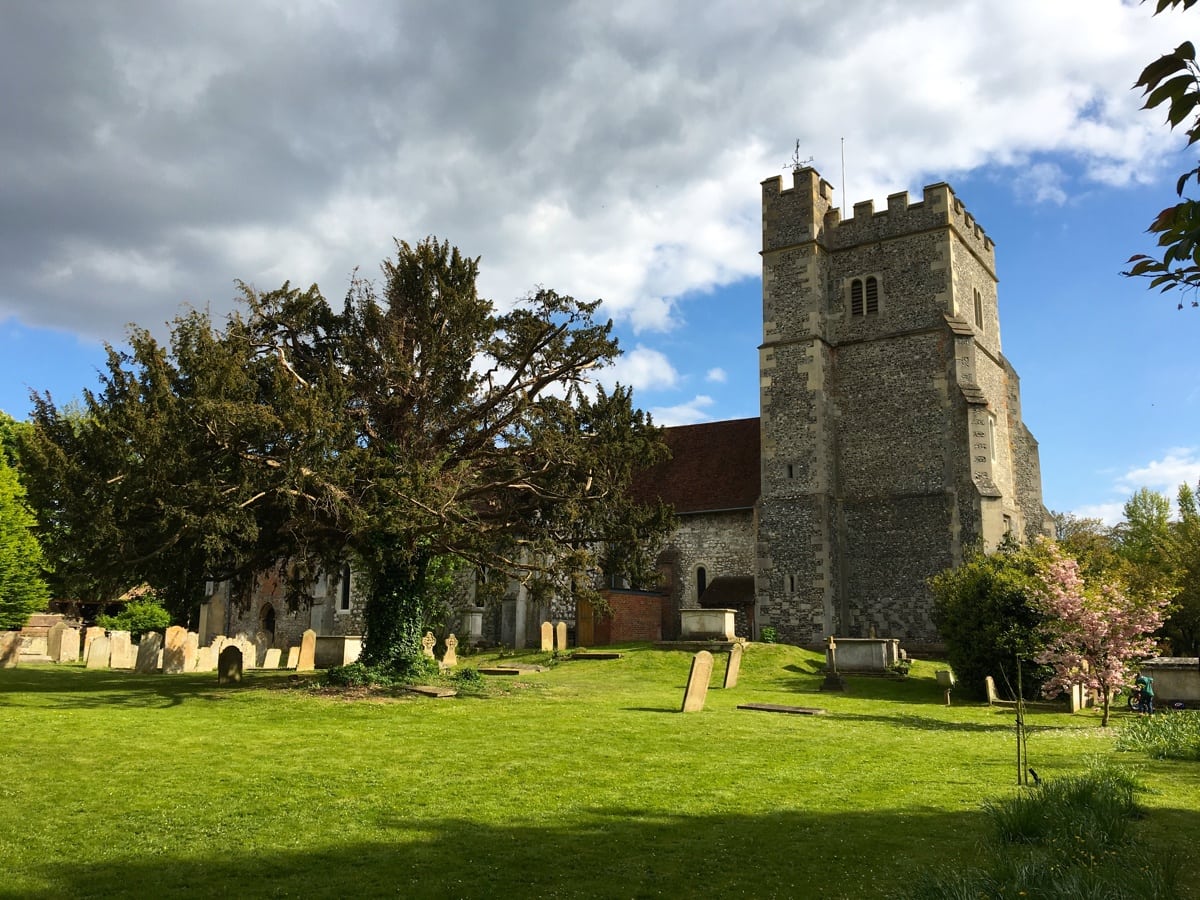I ran my first 100 miler back in 2004 and have now finished ten with a handful of DNFs along the way. Without exception, I focused on performance during my first decade of attempting 100 milers. While I always aimed to finish and attempted to enjoy my experiences, I was still aiming for a fast time. Hundred milers were my focus races (with some ill-advised ‘add on’ 100s thrown in). Then, in 2014, I took a completely different approach in running The Bear 100, where my only goals were to finish (to gain a Western States and Hardrock qualifier) and enjoy myself. This past weekend, I ran the Thames Path 100 as a training effort and a good way to explore the southern English countryside and running culture, while in Britain as part of a longer visit. Both experiences were largely positive in many regards. Below, I discuss some of the positives as well as a few points of concern.
The Positives
In shifting one’s eyes away from performance, there’s more room for experimentation. While the long training run is a great spot to do the same, you’ll rarely answer the question of does X or Y help at mile 60 in training. For example, back at The Bear, I pre-determined that I’d get a good sleep at mile 75. When I arrived there, I felt strong and wasn’t sleepy, but ate a full meal and then slept for five hours. Not only did I feel great for the final 25 miles, I learned that I wasn’t stiff or sore or otherwise worse off for taking a break. I consider this a valuable lesson in case anything goes sideways in another one of my long ultras. This weekend, I had a much briefer lay down of half an hour in the rear of a car at mile 66. After 15 minutes of laying on my back, I rolled onto my side in a fetal position. Just 15 minutes like this relieved my tired hip flexors, such that they were good to go the rest of the race. Had I been rushing along, I never would have learned this as I would have pressed on. At both races, I ate hardy real food that I’d not have eaten at more focused 100 milers… but which I’d be wise to incorporate at least at Hardrock, if not faster races.
Perhaps even more important, taking a more casual approach in some 100 milers can inject joy back into one’s running. Running both The Bear and the Thames Path, having fun was a primary goal. Was every step of the way fun? Heck no! Was a vast majority? Sure was. I’m usually up for chatting in a long ultra, but I’m even more so in these events. I’ll stop and take photos. I’ll take a pull of whiskey at an aid station in the wild American West or stop at a pub for a pint or two (and chips) in England. What’s more, I’ve been able to carry over this more joyful approach to other races such as the Hardrock 100 and Ultra-Trail Gobi Race.

Enjoying a pint in Henley just after midway through the Thames Path 100. Photo: iRunFar/Bryon Powell
While my recovery time—-acute physical, broader physical, and psychological—-from 100 milers has generally decreased over time, a small sample size suggests it’s much less when I approach 100s more casually. After finishing the Thames Path 100 on Sunday morning, I thoroughly enjoyed a six-mile hike followed by a one-mile jog on Monday afternoon. I had to search for muscle groups that weren’t near 100% and my energy was great. My feet were sore at race’s end and my legs were heavy, but there weren’t any real issues. I’ll be cautious this week in terms of volume, but I am already considering ambling through an 11-mile race in the Lake District of England this Saturday before enjoying some fell races in the coming weeks.
Caution
In my first decade of 100 milers, all but two of my DNFs correlate directly with a lack of commitment to the event. In one instance, I simply wanted a 100 miler on my calendar. In another, I quickly added a ‘make-up’ race after dropping out of Western States. In both cases, I hadn’t made the mental investment in that race to continue when the 100 miler inevitably got hard. In my two recent more casual attempts, I carefully nurtured a desire, a commitment to enjoying the race for long period ahead of time. Aside from the ethereal psychological prepping for this, I made concrete preparations such as creating music playlists, packing my camera, and finding fun treats for along the way. Then, come race day, I’d focus on having fun. In addition to addressing any physical deficits, I was more apt to actively focus on turning my attitude around… and it helped.

Focusing on the beauty during a long race can improve one’s outlook, such as this morning during The Bear 100 in 2014. Photo: iRunFar/Bryon Powell
No matter what some folks say, 100 miles is still a long way. There’s plenty of time for problems, both acute and degradational to occur no matter how easy one’s effort is. Sometimes those issues can resolve quickly, but they might not, such that one’s running could be negatively affected for weeks or months. In addition, a negative outcome at a casual race can still be a blow to one’s confidence. Both these points suggest a bit of caution in jumping in a casual 100 if you’re 100% focused on a particular race later in your season, as there is some risk involved.
Call for Comments
- Have you taken widely different approaches to 100 milers?
- What have you learned from ultramarathons that you’ve approached more casually?

